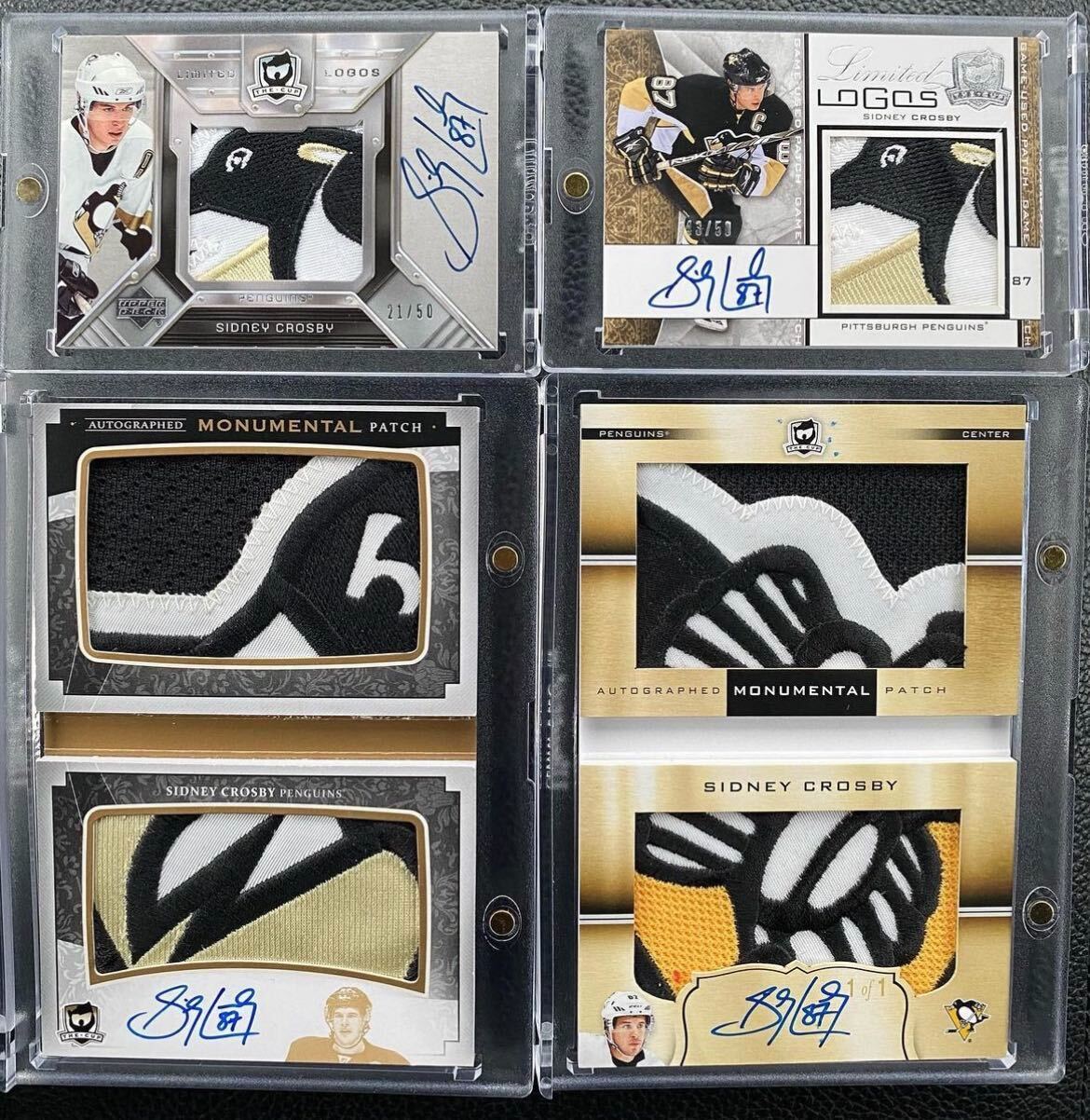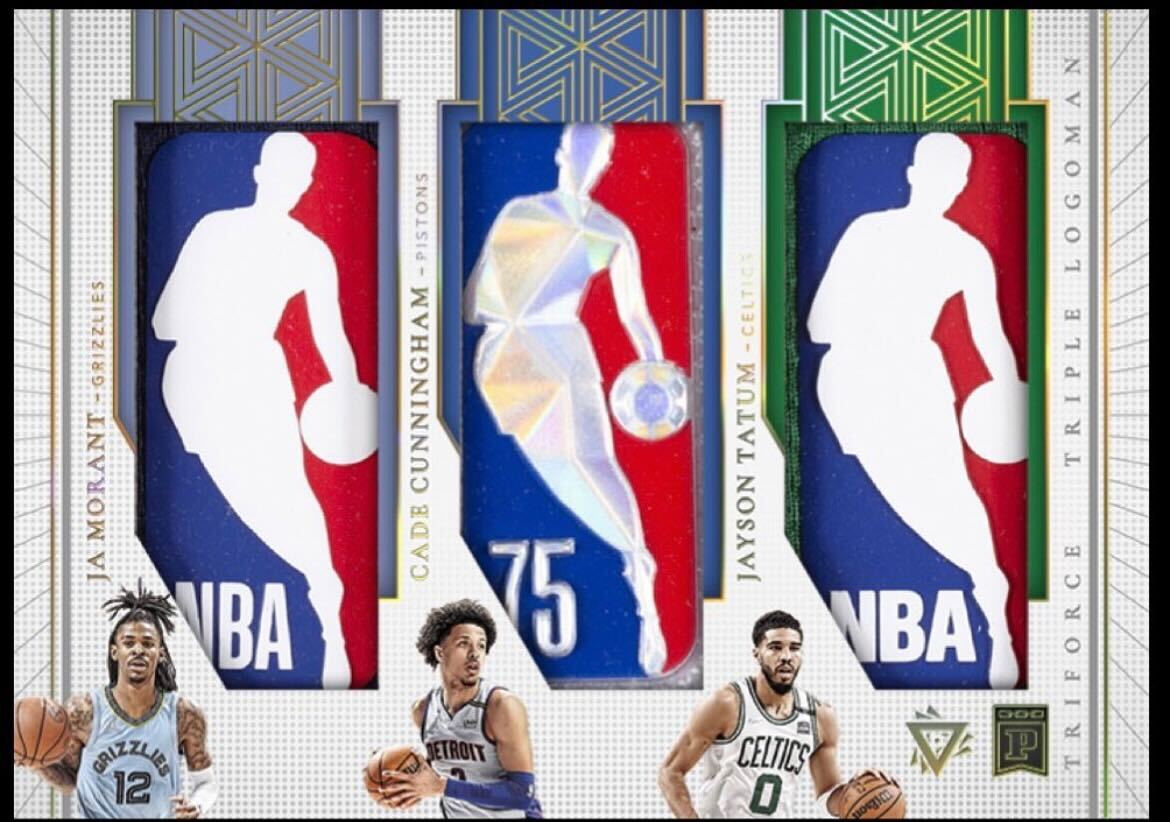Hockey cards have been a popular collectible item for decades, with fans of the sport often collecting cards featuring their favorite players or teams. These cards can be found in a variety of formats, including traditional physical cards, digital cards, and even virtual reality cards.
One aspect of collecting hockey cards that many enthusiasts enjoy is the thrill of the hunt. This can involve scouring local card shops, attending trading shows and conventions, or even buying and selling cards online.
Another aspect of hockey card collecting is the potential for investment. Like other collectibles, the value of a hockey card can fluctuate over time, with certain cards becoming highly sought-after and increasing in value.
Some popular hockey card sets include Upper Deck, Topps, and O-Pee-Chee. These brands have been producing hockey cards for decades and are well-known among collectors. Additionally, there are many other brands that produce hockey cards, such as Panini and In The Game.
Collectors can also pursue different types of hockey cards, such as rookie cards, game-used jersey cards, autographed cards, and limited edition cards. Each type of card can have a different value and appeal to different collectors.
The current state of the hockey card market is strong and growing. In recent years, there has been an increase in interest in hockey card collecting, driven in part by the growing popularity of the sport as well as the rise of e-commerce and social media platforms that make buying and selling cards more convenient.
Many hockey card manufacturers have seen a significant increase in sales, and the market for high-end and rare cards has also grown. Some of the most valuable hockey cards, such as those featuring iconic players like Wayne Gretzky, have sold for hundreds of thousands of dollars at auction.
Additionally, the rise of digital and virtual reality cards has also added a new dimension to the hockey card market. This can include virtual card trading platforms, digital card packs, and virtual reality experiences that allow collectors to interact with their cards in new ways.
However, one of the major impact on the hobby is COVID-19, as the pandemic caused the suspension of live sports and the closure of card shops and events, which caused a disruption to the supply chain and also affected the demand for cards.
Overall, the hockey card market is still strong, and many experts believe it will continue to grow in the coming years, with more and more people discovering the fun and excitement of collecting hockey cards.



Leave a comment
This site is protected by hCaptcha and the hCaptcha Privacy Policy and Terms of Service apply.